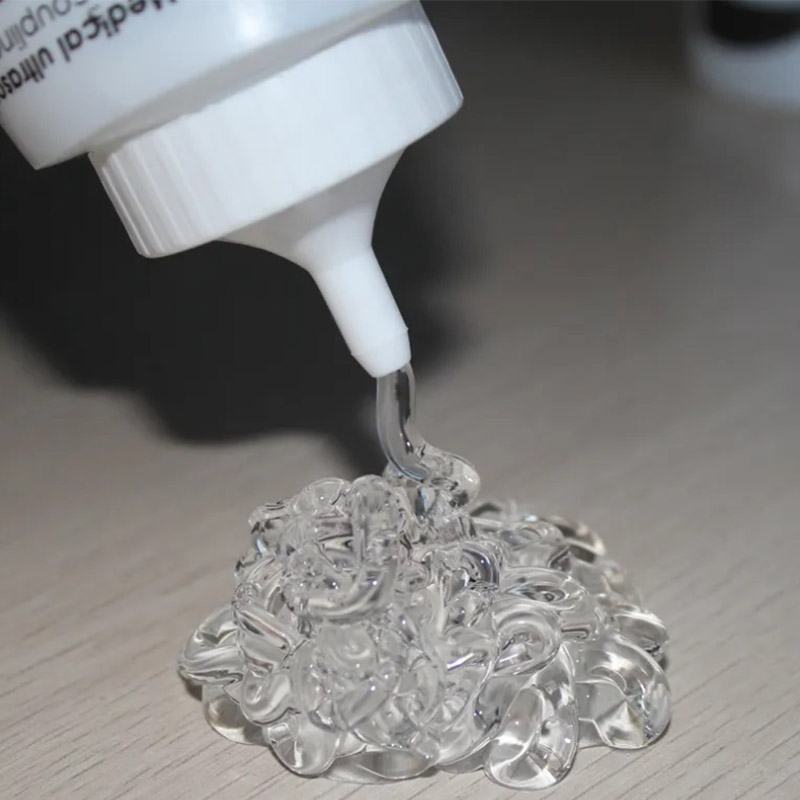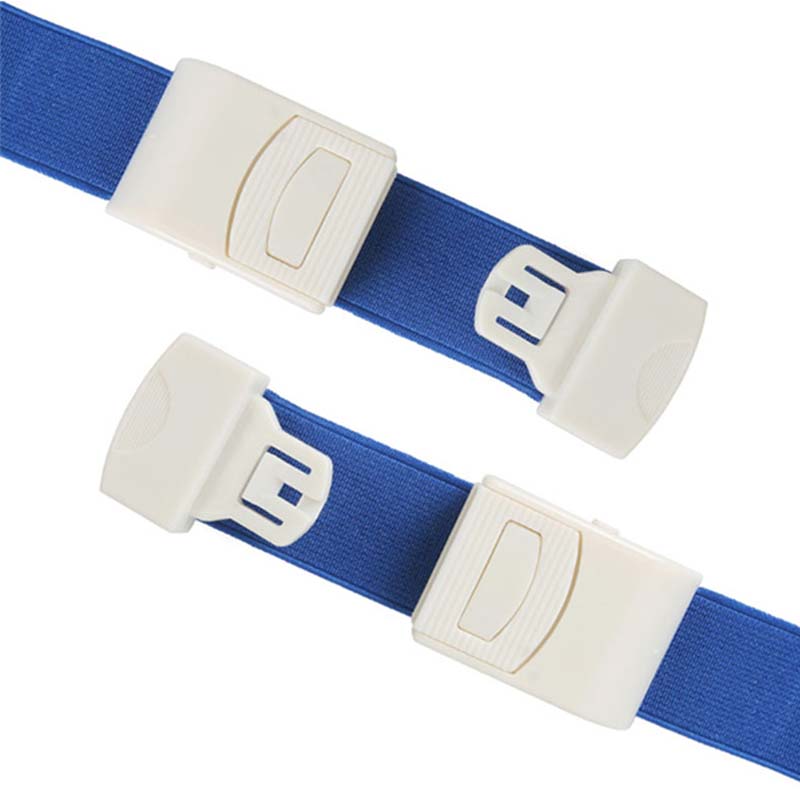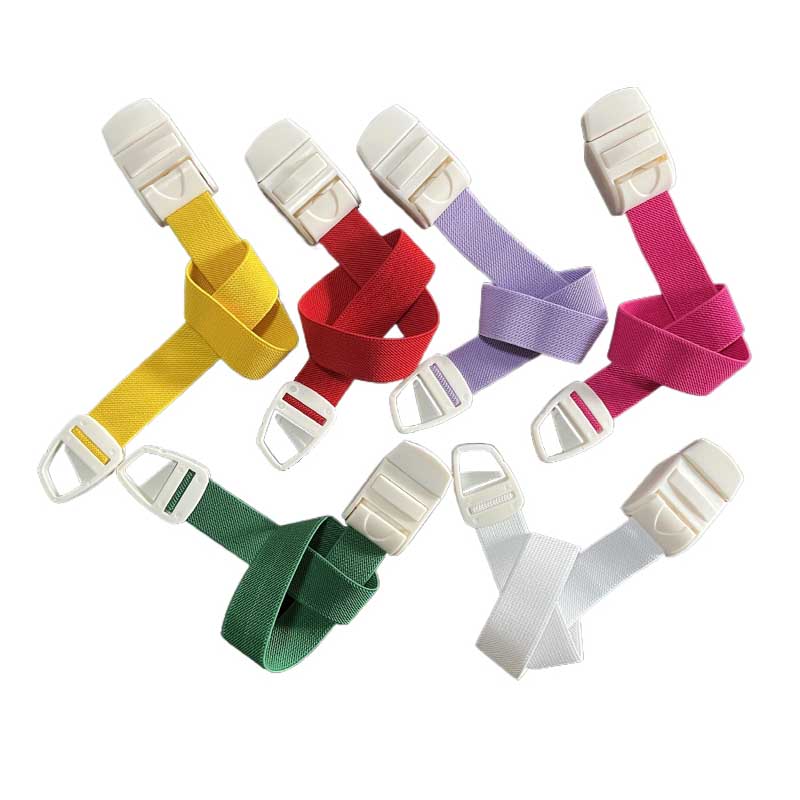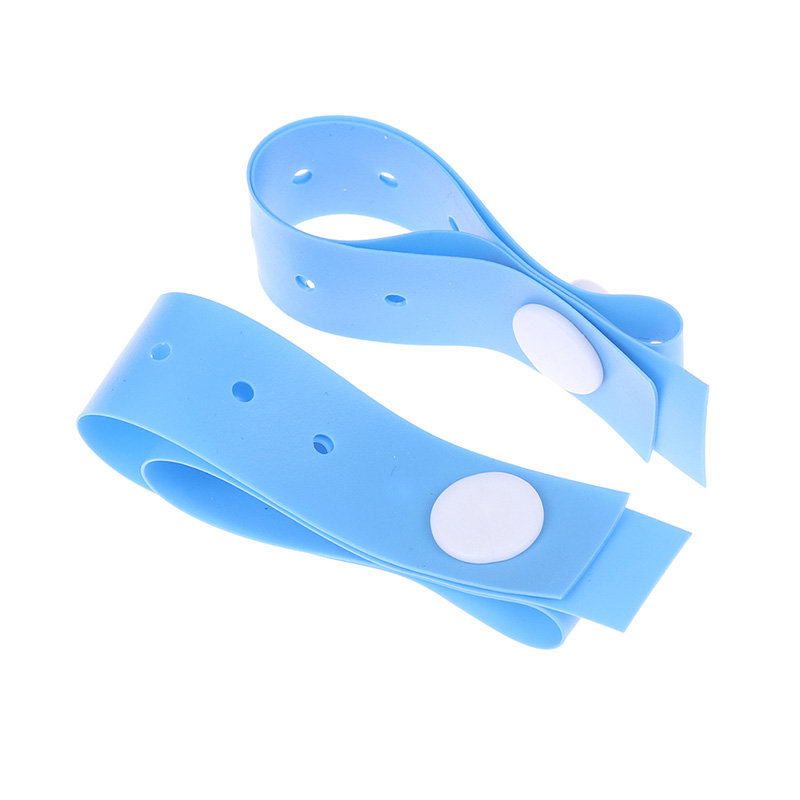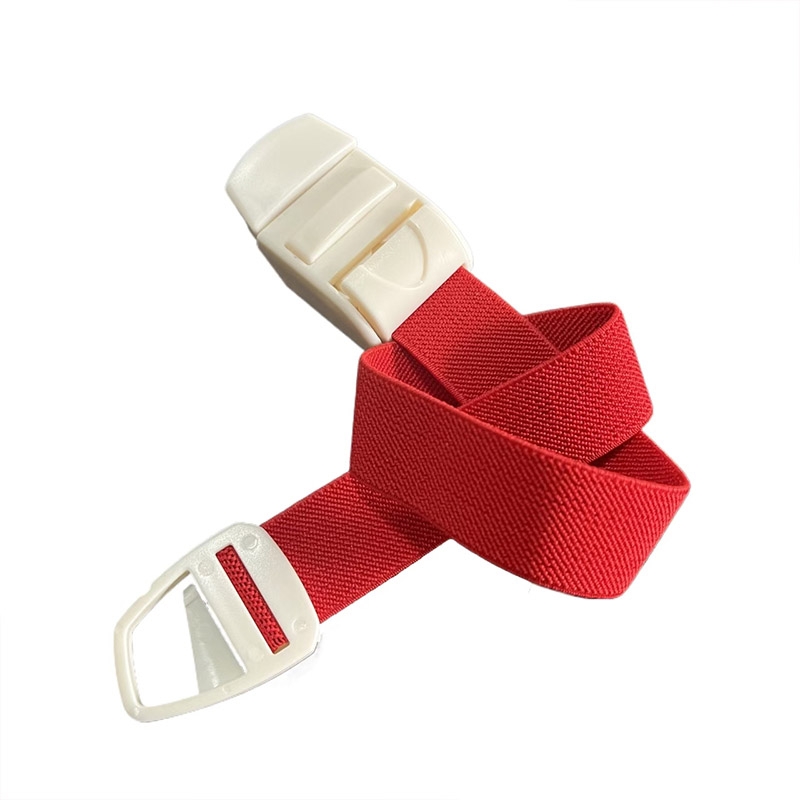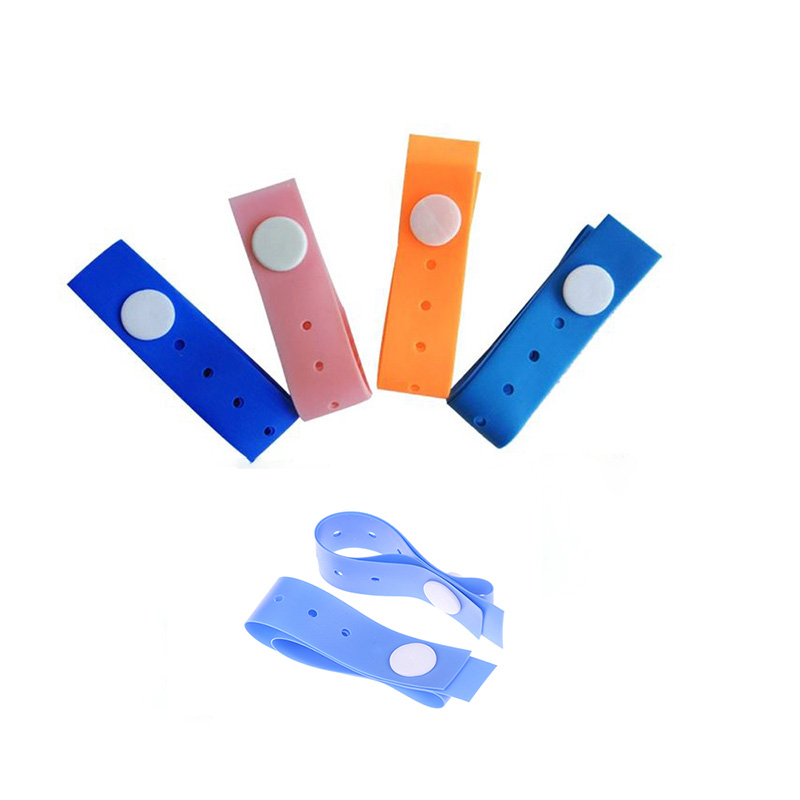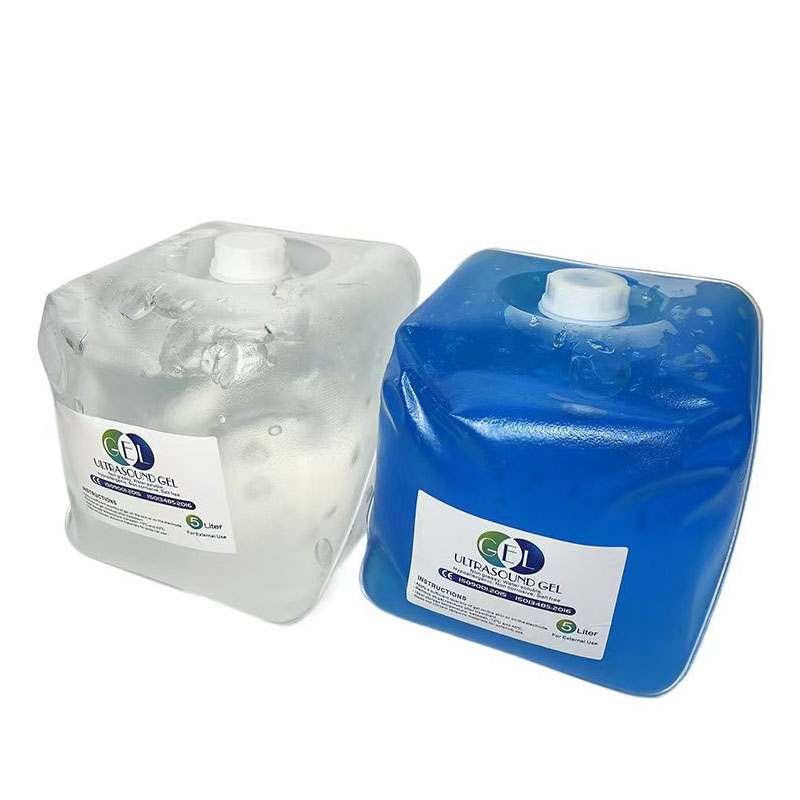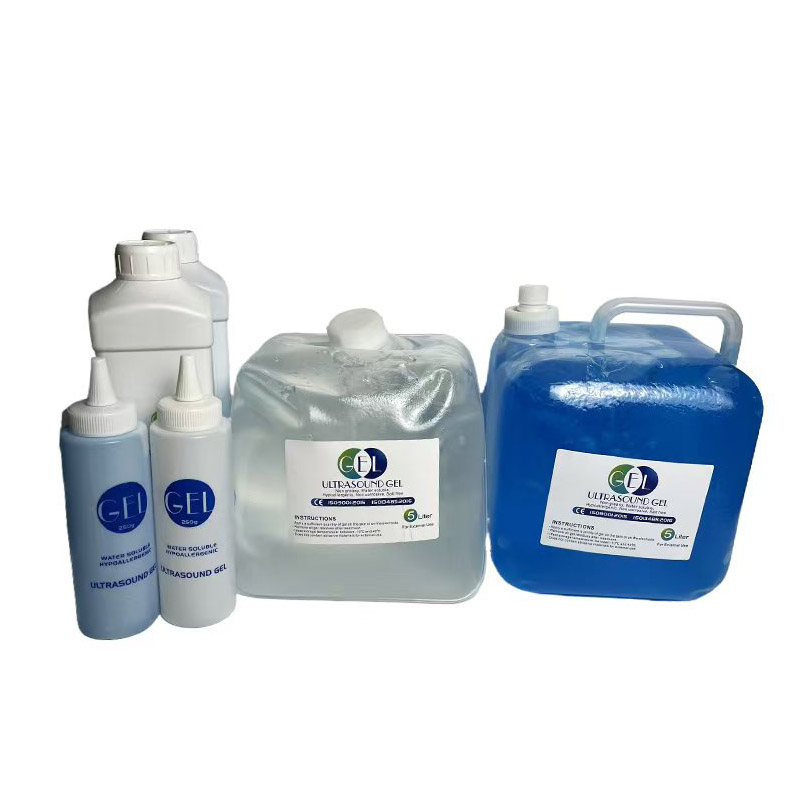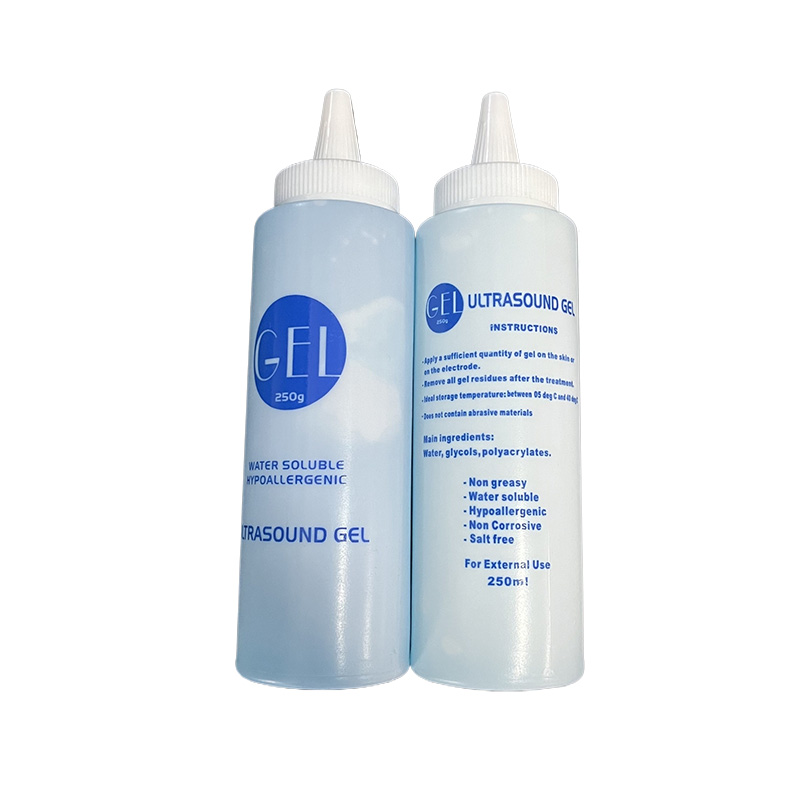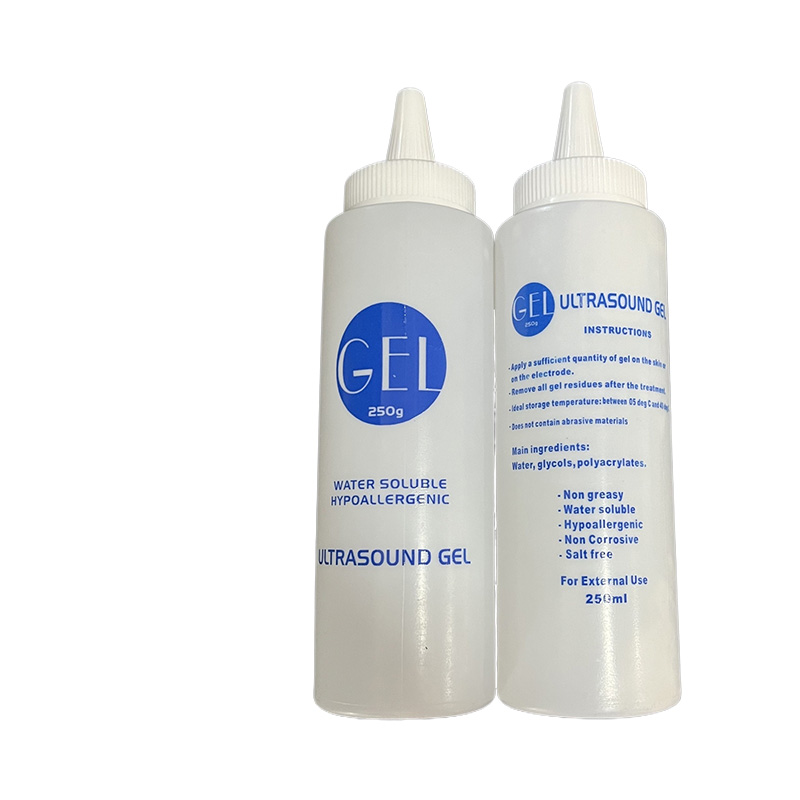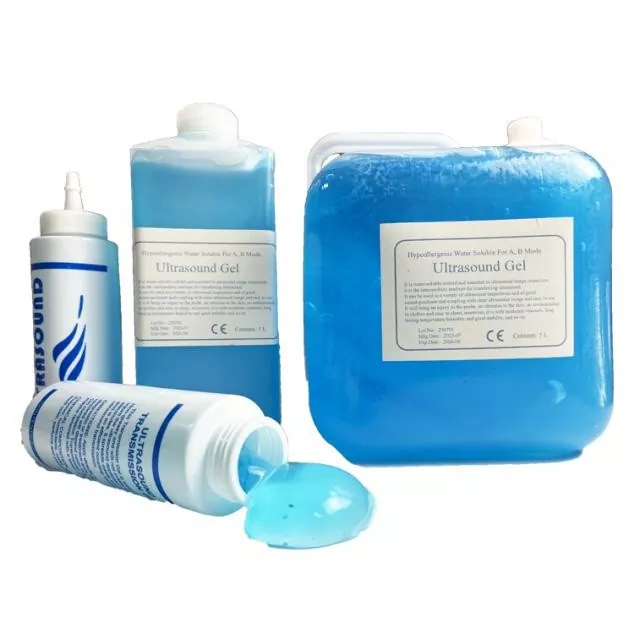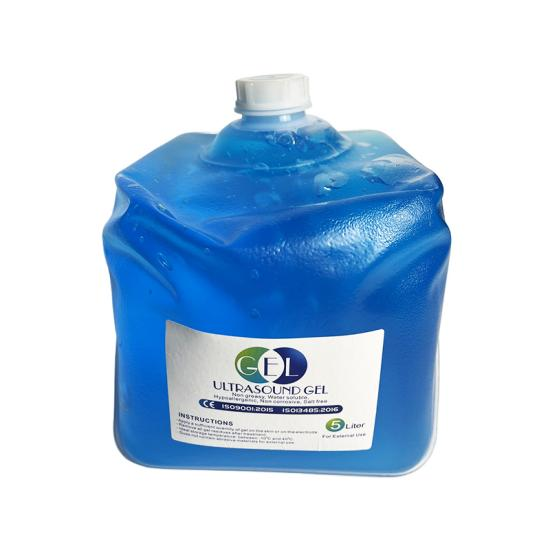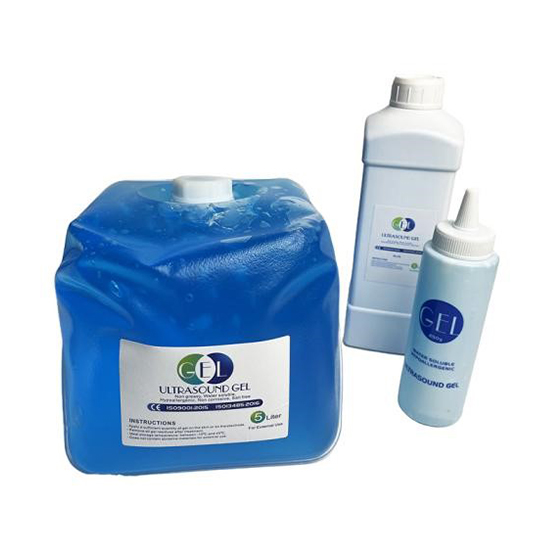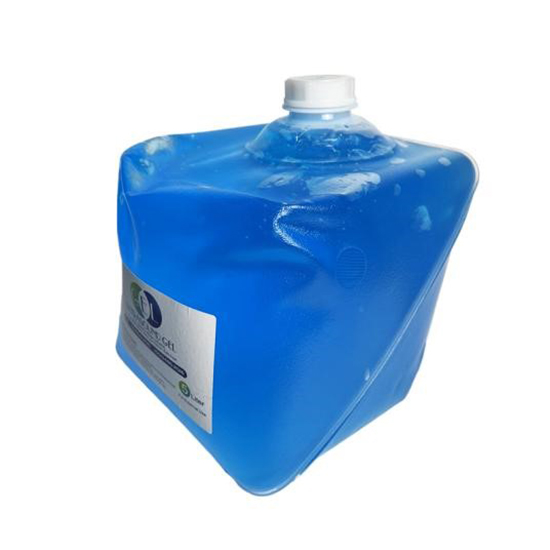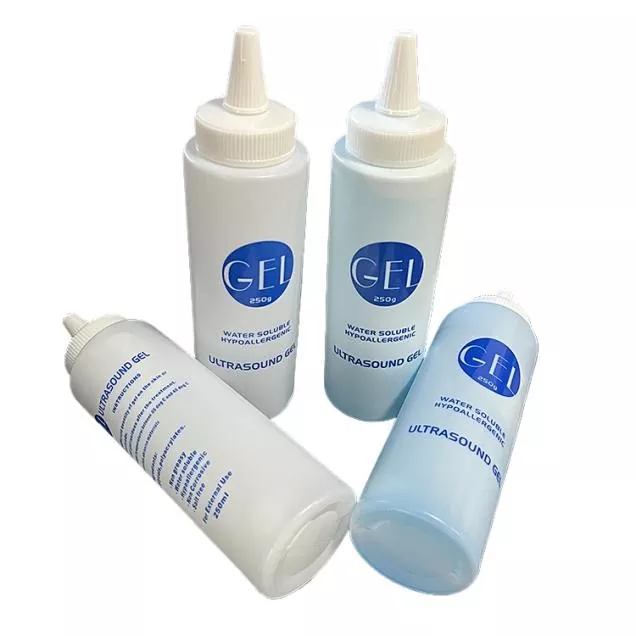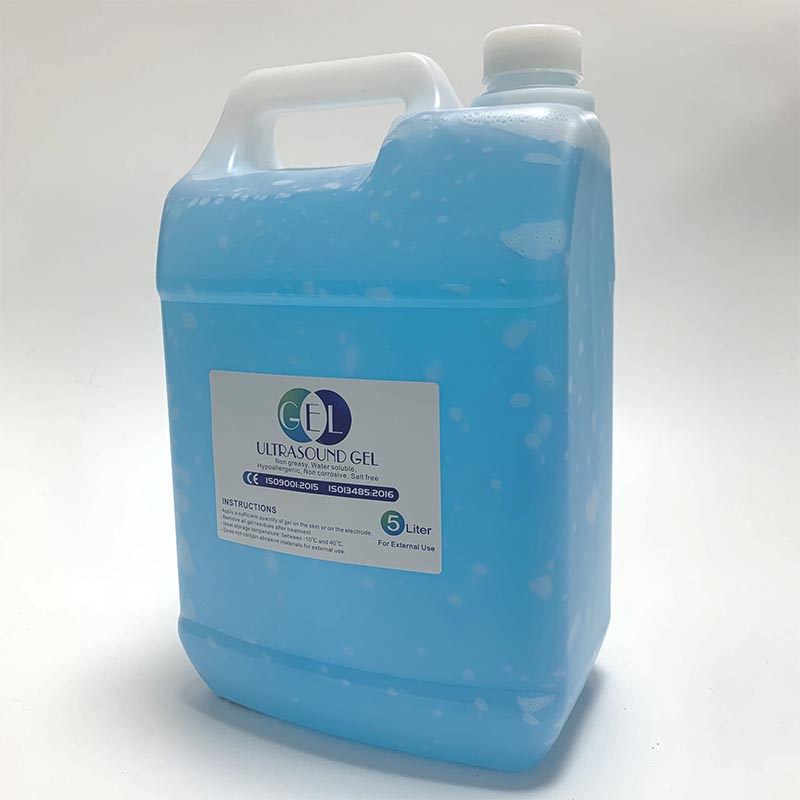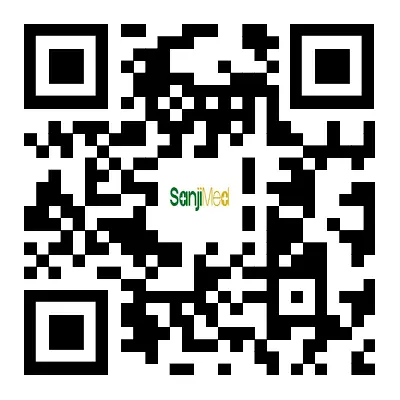Ultrasonic Coupling Agent
Send Inquiry
In the fields of modern medical imaging diagnosis and industrial non-destructive testing, ultrasonic technology has become an indispensable core means due to its advantages such as non-invasiveness, convenience and low cost. In the process of ultrasonic testing, there is a seemingly insignificant but crucial auxiliary material - Ultrasonic coupling agent. It is not an ordinary gel product, but a functional medium specially designed to optimize the effect of ultrasonic wave propagation. Its performance directly affects the accuracy and clarity of the test results.
Product Details
Ultrasonic coupling agent is a high-molecular gel-like substance used to fill the gap between the ultrasonic probe and the surface of the object being detected (or human tissue). Its core function stems from the propagation characteristics of ultrasonic waves: When ultrasonic waves propagate in different media, they will be reflected and refracted due to the differences in the acoustic impedance of the media. When the ultrasonic probe comes into direct contact with the surface of an object, there will be an air layer between them. The acoustic impedance of the air (approximately 0.000413×10^6 rayl) differs greatly from that of human soft tissues (approximately 1.5×10^6 rayl) or metal materials (approximately 4.5×10^6 rayl). This situation will cause more than 90% of the ultrasonic energy to be reflected and unable to effectively penetrate the detection area. As a result, the final image presented is blurry or even impossible to form.
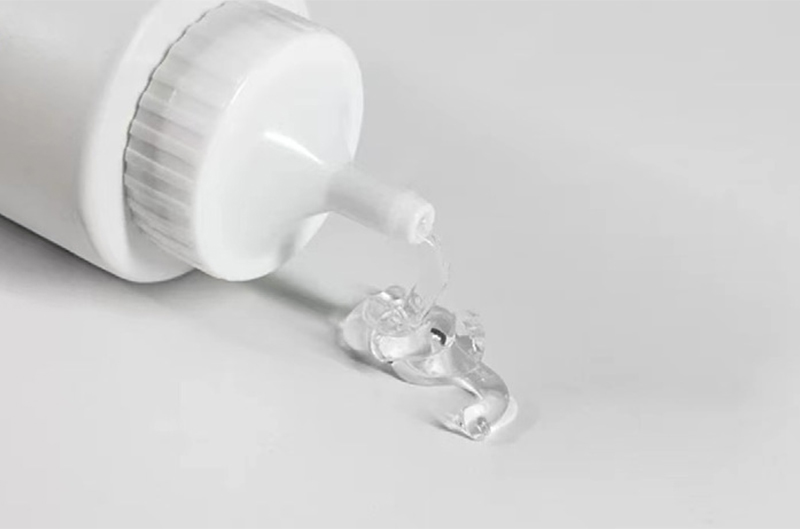
Product Benefits
The emergence of ultrasonic coupling agents has precisely solved this problem. Its acoustic impedance value is highly close to that of the medium being detected (such as human tissue, metal, plastic, etc.), which can perfectly fill the air gap between the probe and the surface, allowing the ultrasonic energy to be transmitted from the probe to the interior of the object being detected to the greatest extent. At the same time, it reduces the attenuation and interference of the sound wave during the propagation process, ensuring that the reflected ultrasonic signal is clear and accurate Provide reliable basis for subsequent image analysis or defect judgment. Ultrasonic coupling agent is the "bridge" for achieving "effective communication" of ultrasonic waves. Without it, the advantages of ultrasonic detection technology would be difficult to bring into play.
